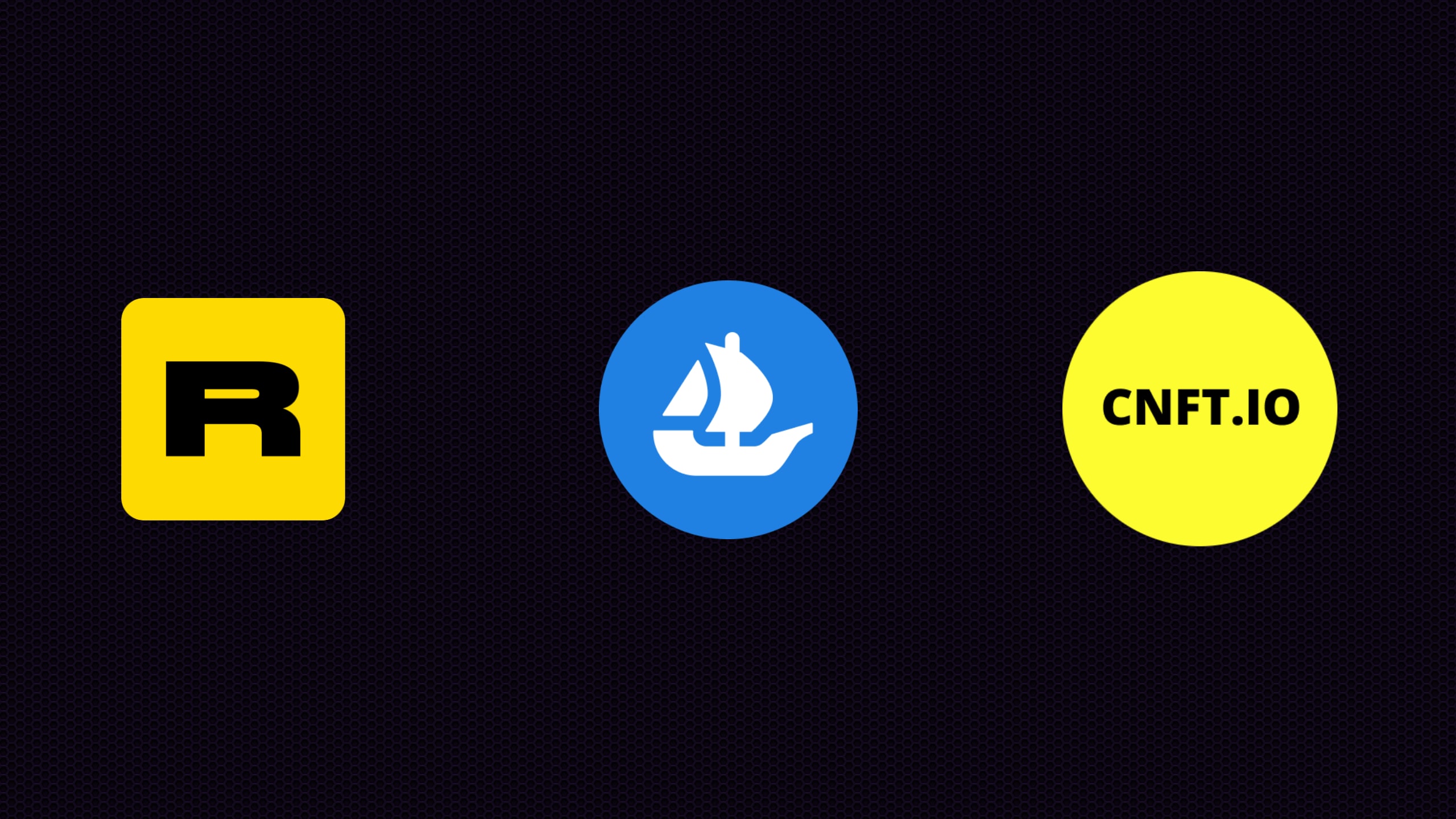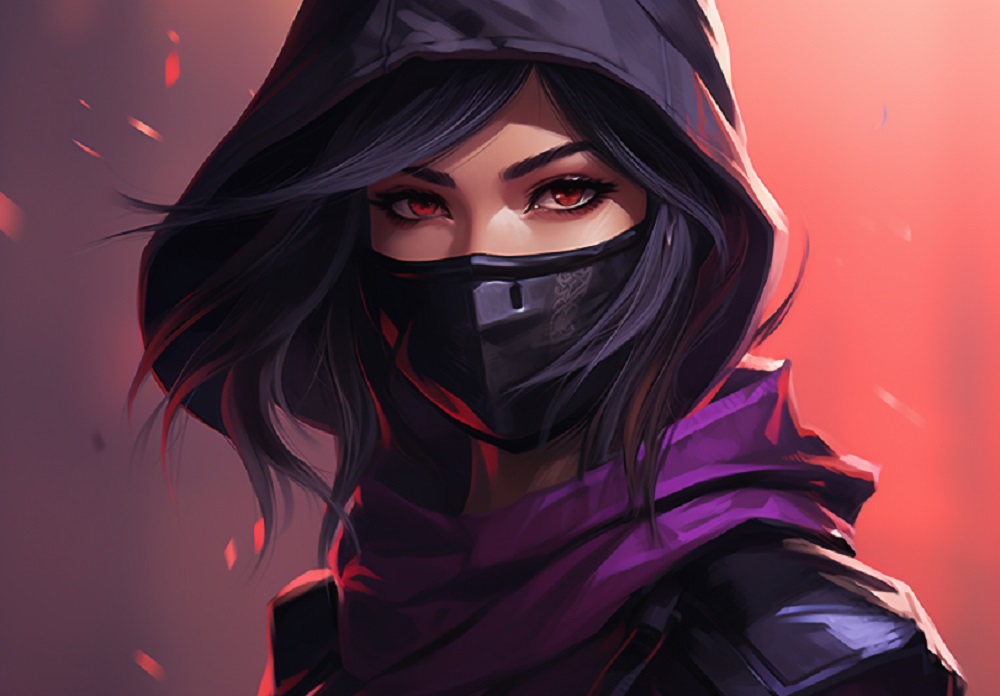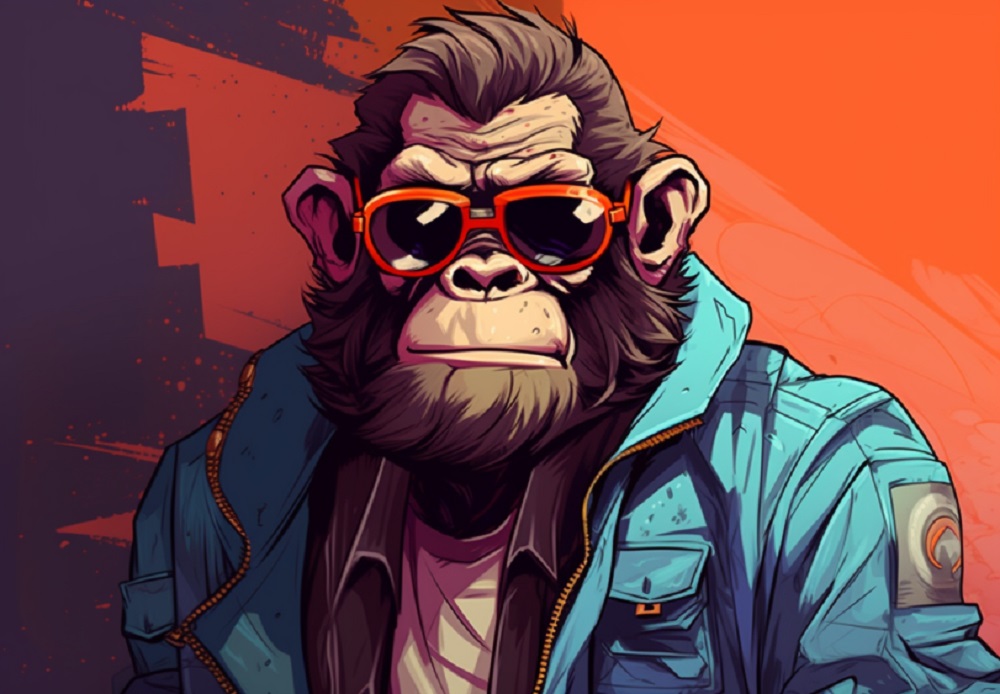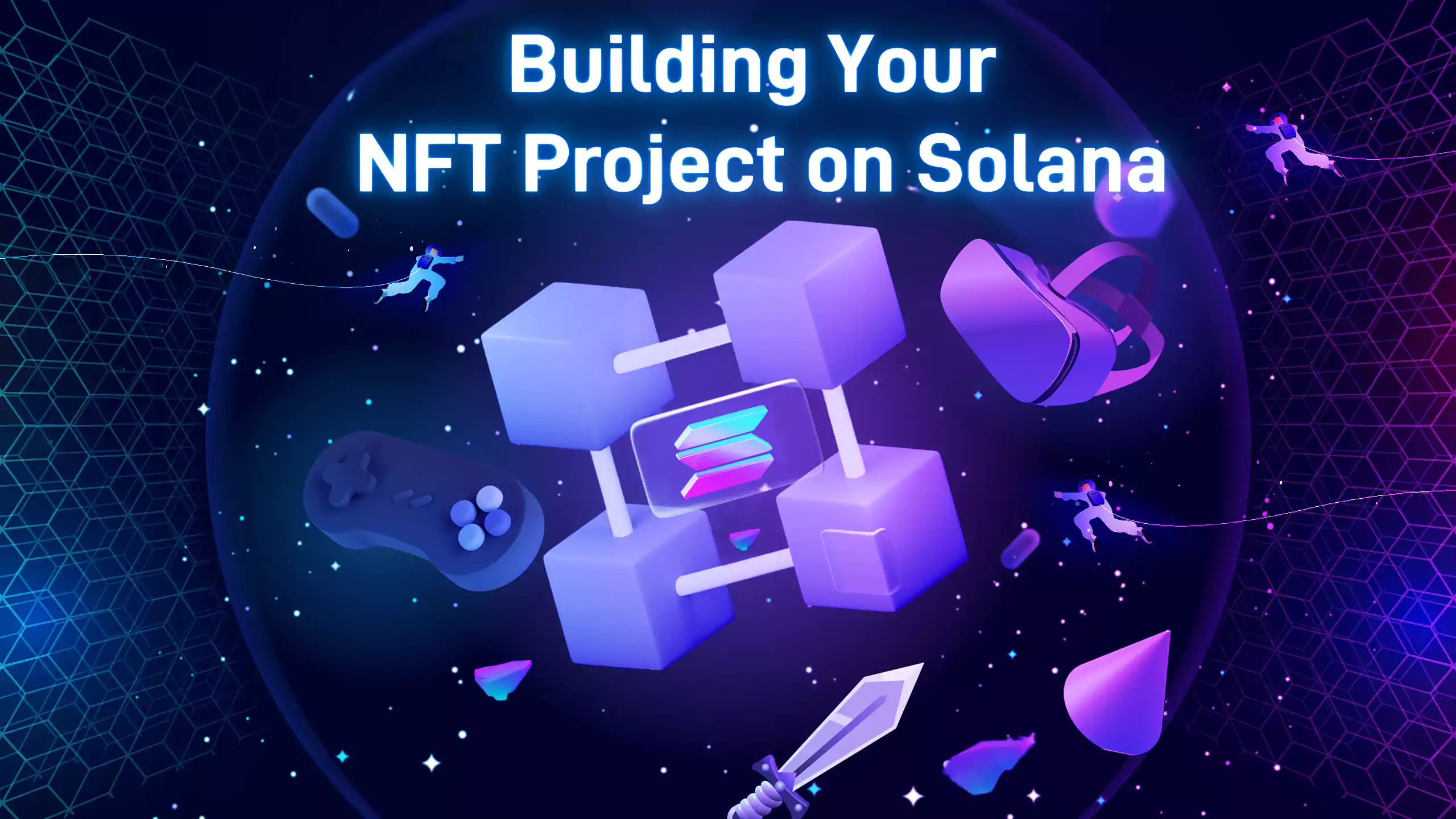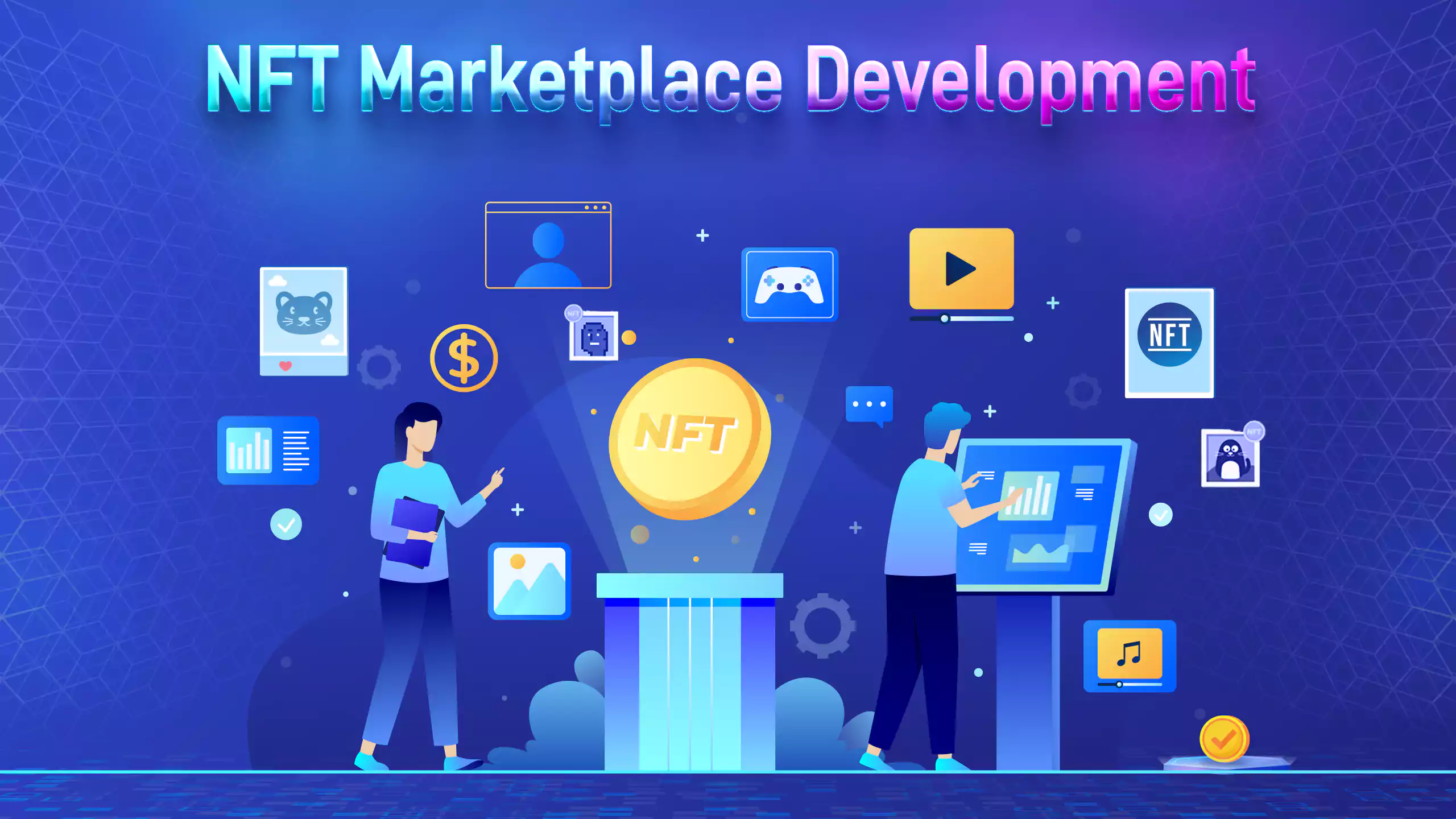Over the past year, the use of Non-Fungible Tokens has grown exponentially, but it has not always been like this. In fact, just over $210 million was the total market capitalization of Non-fungible Tokens in 2019, according to a report published in late 2020. In 2021, the market was expected to be worth more than $700 million, but these figures were exceeded as the market value eventually grew to over $40 billion. Interestingly, it is predicted to be worth over $80 billion by 2025, according to CoinMarketCap, which points to the fact that NFTs could become a trillion-dollar market in the future.
What are NFTs?
Simply put, Non-Fungible Token or NFT is a unique digital asset with a digital signature. The asset itself can be duplicated, but the asset's ownership record is safely stored on a public ledger, where anyone can see the certificate of ownership.
NFTs represent the ownership of digital objects that are distinct from each other. Works of art, collectibles, and landed property can now be tokenized for the benefit of the general public thanks to this technology.
Trading cards, unique tweets, images of objects, skins for use in video games, and other digital art forms can all be purchased and sold using NFT. Because of the blockchain's protection of NFTs, they can only be owned by one party at any given time.
Making their non-fungible tokens and reselling them on various marketplaces is becoming increasingly popular among celebrities, musicians, and artists. Because of this, anything from memes to music to sports collectibles can be found there; but a digital crypto wallet, as well as an account with exchanges like Coinbase or Binance, is needed to purchase these.
NFT Marketplaces
NFT marketplaces open up a new market for the sale of these tokens and the creation of automated mechanisms for recouping royalty percentages from resales. In addition to speculating in a rapidly expanding market, investors who are bullish on this technology see NFTs as a way to support artists and flex their digital art collections financially.
OpenSea, Rarible, SuperRare, and Foundation are the most popular marketplaces for trading NFTs. Also, blockchain experts are developing tools that allow full decentralized marketplaces like Zora, Zeptagram, the Sandbox, SuperRare, and Sorare to enable peer-to-peer trading of NFTs.In addition, other marketplaces exist, but they specialize in a single asset type. A good example is NBA Top Shot, a company owned by the NBA that offers NFTs of player performances.
Currently, the Ethereum network is used by the majority of marketplaces to ensure the security of their transactions. Therefore, NFTs can only be purchased using Ethereum. In the absence of sufficient ETH, you can open a Coinbase or Binance account and make purchases there. Buying NFTs from a blockchain platform that supports your preferred crypto wallet is highly encouraged to ensure compatibility. Once the crypto wallet has received your funds, you're ready to go.
How to Buy NFTs
Like a cryptocurrency exchange, you can buy NFTs at a set price or bid on them in a virtual auction. NFTs can only be purchased and sold on specific NFT marketplaces. There may be a wide range of prices for NFTs offered for sale in an auction, depending on the level of demand for each NFT.
Your wallet will be debited with the winning bid amount after you complete your transaction; this entails that the price of an NFT rises as its popularity and demand increase.
To purchase NFT, you should consider a few things, especially as a newbie. First, you need to decide which marketplace you want to buy from, what type of digital wallet you need, and what cryptocurrency you want to use to complete the sale. The most popular platform for buying and selling digital assets is OpenSea. It primarily uses Ethereum, although Polygon and Klaytn are also available.
Other marketplaces also offer the ability to trade tokens on alternative blockchains. Still, Ethereum has dominated this space in recent months, accounting for at least 97% of every sector of the NFT market every week, including gaming, collectibles, and marketplaces.
Most marketplaces presently use the Ethereum network to perform transactions. As a result, you will need Ethereum's native currency, Ether, to buy an NFT. However, you can buy NFTs on exchanges like Binance by opening an account if you don't have one. In addition, you'll need an Ethereum-compatible NFT wallet. NFT wallets are digital addresses in which cryptocurrencies and NFTs could be safely stored. Examples are Meatmask and Coinbase.
To begin, you'll need to go to the platform's website and sign up for a wallet. The Ether you purchased from the exchange must be sent to the wallet's address once you've opened the wallet. Next, place a stake on the NFT of your choice by selecting it and making a bid on it. Your wallet will be charged with the amount of cryptocurrency needed to complete your transaction once you have successfully staked and completed your transaction. Transaction fees will also be charged depending on the amount of congestion in the network.
Conclusion
Creating and selling digital assets can be lucrative for creators, but buying NFTs as collectibles is purely speculative. The prices are not set in stone and are subject to change based on supply and demand. It is impossible to predict which collectibles will be more valuable than others in the future. That is the case with many digital artworks that started selling at a low price and have recently been traded for thousands of dollars. NFTs are still in the early stages of development, despite their great potential. Fear of missing out (FOMO) and scarcity drives the speculative nature of the NFT market. Investing in a non-fungible token carries no guarantee that its value will rise over time. However, if you have a reasonable tolerance for risk and want to support an independent artist, they may be an excellent digital library addition.

